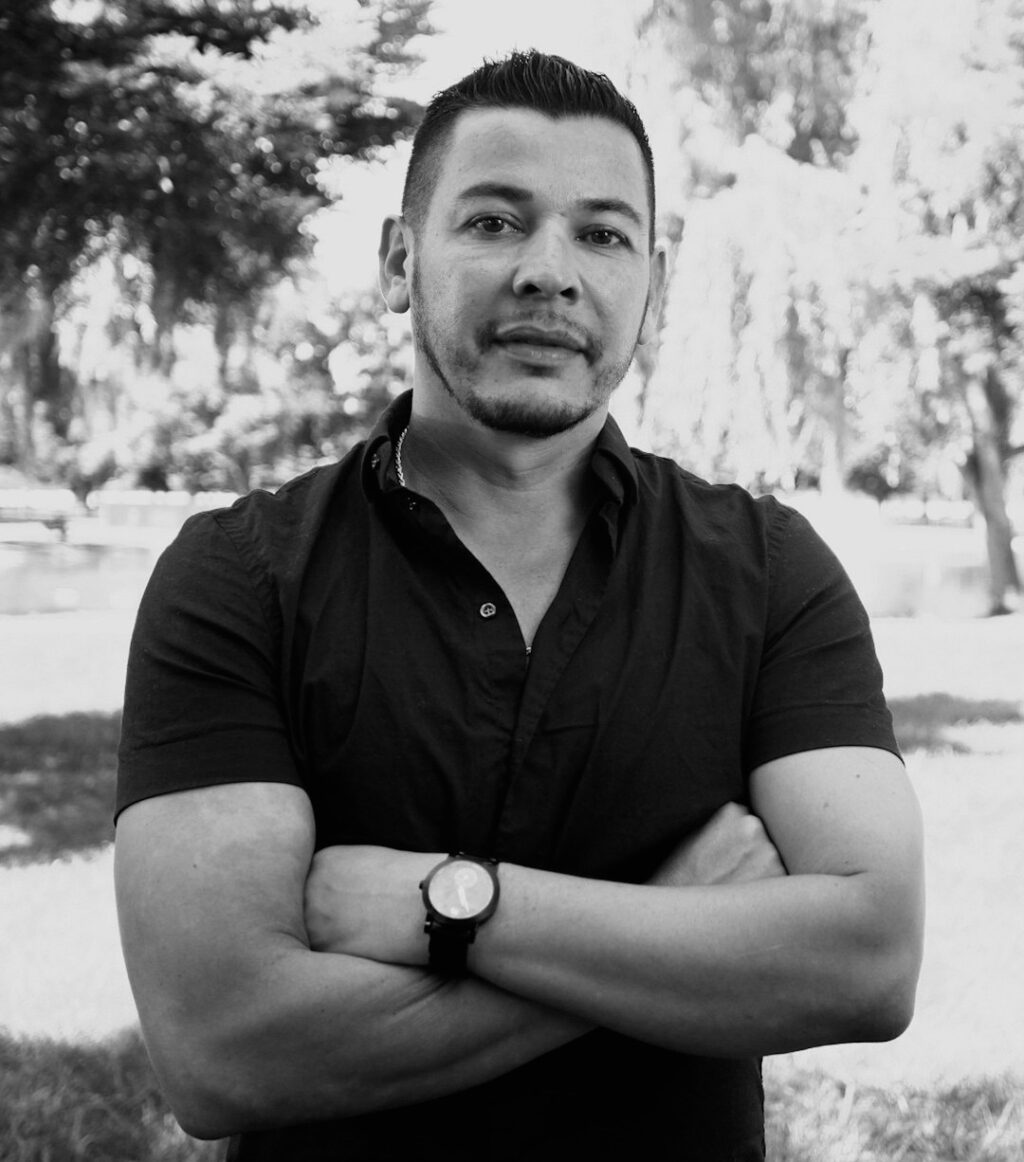For many years, Steven Valencia of the Calidanza Dance Company tried to keep two very different parts of his world separate, almost as if he lived a double life. But in 2010, “a huge photo” of him dancing ballet folklórico ran in a local newspaper. The next day, he walked into his job as a corrections officer at a maximum-security youth correctional facility, and inmates and staff all had funny looks on their faces. “Everybody wanted to know, ‘Is this you?’” he recalls.
Walking the line between dance theater and the penitentiary, Valencia takes a lot of pride in helping shape the lives of kids in both jobs. “In the prison system, you get to see the other side—what happens to kids when they don’t have programming and things in their lives that are important to them,” says Valencia, a fourth-generation Mexican American.
Valencia’s Calidanza Dance Company will stage the 19th annual Posada Navideña holiday celebration December 8 at Santa Rosa’s Luther Burbank Center for the Arts.

Reconnecting with culture
“Posada Navideña is the Mexican celebration of Christmas, held for nine nights (Dec. 16-24) and recreating the journey of Mary and Joseph as they were looking for shelter before the birth of Jesus. In America, we often condense it down into one night. For some people, it’s about discovery, and they’re learning about their culture through dance and music.
Other times, I’ll see older people in the audience in tears because it’s something they miss, something they remember when they were a child, when they were younger growing up in Mexico. It’s important for people to reconnect.”
Teaching the next generation
“I started dancing in elementary school and now we go into so many schools every year. We do an interactive assembly, where we’ll teach them how to do things like “gritos” (shouts) or we’ll bring a few kids up and teach them steps, so they’re learning about what they’re seeing and it’s not like, ‘Oh, that’s a pretty dance with pretty colors and pretty dresses.’” Dance as therapy
“I’ve been assaulted three different times. The last time was in 2017. I was out for about 10 months with a shoulder injury. I love my career, but prison can really bring you down emotionally, spiritually, and physically. I think having that balance in my life with dance, having something that’s meaningful and brings so much joy, has really left me with a very healthy balance where I don’t feel like I’m pulled down too much.”
Changing it up
This year, there’s a new piece from the state of Guerrero that takes a mixture of the different regions of Guerrero and fuses them together. But this one’s really about women empowerment represented in dance.
Usually ballet folklórico is male-dominated. A couple dances, with the male taking the lead, that’s what you usually see. We wanted to change the narrative and bring the women to the forefront, as the lead in this choreography.












